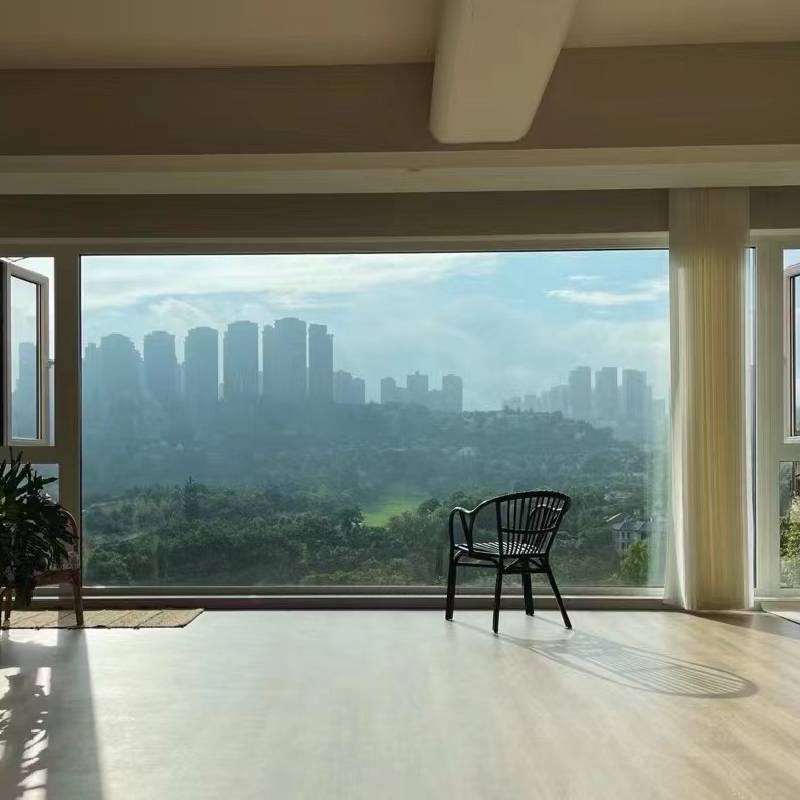

Understanding Low-E Toughened Glass Benefits and Applications
In recent years, the demand for energy-efficient building materials has surged, prompting innovations in glass technology. One such advancement is low-emissivity (low-E) toughened glass. This high-performance glass combines the durability of toughened glass with the energy-saving benefits of low-E coatings, making it an ideal choice for modern architecture.
What is Low-E Toughened Glass?
Low-E glass refers to glass that has been treated with a thin, transparent coating that reflects infrared energy while allowing visible light to pass through. This coating helps to reduce heat transfer, making buildings more energy-efficient. Toughened glass, on the other hand, has undergone a specific heat treatment process that increases its strength and safety. When these two technologies are combined, they produce low-E toughened glass, which not only provides superior insulation but also enhances structural integrity.
Energy Efficiency
One of the most significant benefits of low-E toughened glass is its energy efficiency. Traditional windows can allow substantial heat to escape during winter months, while in summer, excessive heat can enter, forcing heating and cooling systems to work harder. Low-E glass significantly reduces these heat exchanges. By reflecting heat back into a building during winter and blocking unwanted solar heat during summer, low-E toughened glass contributes to reducing energy consumption and utility bills.
For instance, studies have shown that buildings using low-E glass can improve energy efficiency by up to 30%. This is particularly beneficial in regions that experience extreme temperatures, where heating and cooling costs can significantly impact overall operational expenses.
UV Protection
Another critical advantage of low-E toughened glass is its ability to filter out harmful ultraviolet (UV) rays. The low-E coating blocks up to 99% of UV radiation, protecting interiors from sun damage. This property is especially valuable for commercial spaces that house artworks, furniture, or products sensitive to UV exposure, thereby prolonging the lifespan of materials and reducing replacement costs.

Improved Comfort
The thermal stability offered by low-E toughened glass leads to enhanced comfort in residential and commercial spaces. By minimizing hot or cold spots near windows, occupants can enjoy a more consistent indoor temperature. This temperature regulation not only enhances comfort but also contributes to better air quality and overall well-being.
Safety and Security
Safety is paramount in any building project, and the toughened glass aspect of low-E glass is a significant advantage. Toughened glass is much more durable than regular glass, making it less likely to break and shatter upon impact. This increased safety is crucial for various applications, from residential homes to commercial buildings and public spaces. Furthermore, in the case of breakage, toughened glass fractures into small, blunt pieces rather than sharp shards, reducing injury risk.
Applications
The versatility of low-E toughened glass makes it suitable for a wide range of applications. It is widely used in residential windows, allowing homeowners to enjoy beautiful views without compromising energy efficiency. In commercial buildings, large glass facades can significantly enhance aesthetics while providing substantial energy savings. Additionally, low-E toughened glass is ideal for skylights and curtain walls, creating bright, inviting spaces that remain comfortable throughout the year.
Conclusion
Low-E toughened glass represents a significant advancement in glass technology, merging energy efficiency, durability, and safety into one product. As the world increasingly focuses on sustainability and green building practices, the adoption of low-E toughened glass is likely to rise. Its ability to improve energy efficiency while providing additional benefits such as UV protection and enhanced comfort makes it an appealing choice for architects, builders, and homeowners alike. Investing in low-E toughened glass not only contributes to a more sustainable future but also ensures long-term performance and value, setting a new standard for modern construction and design.